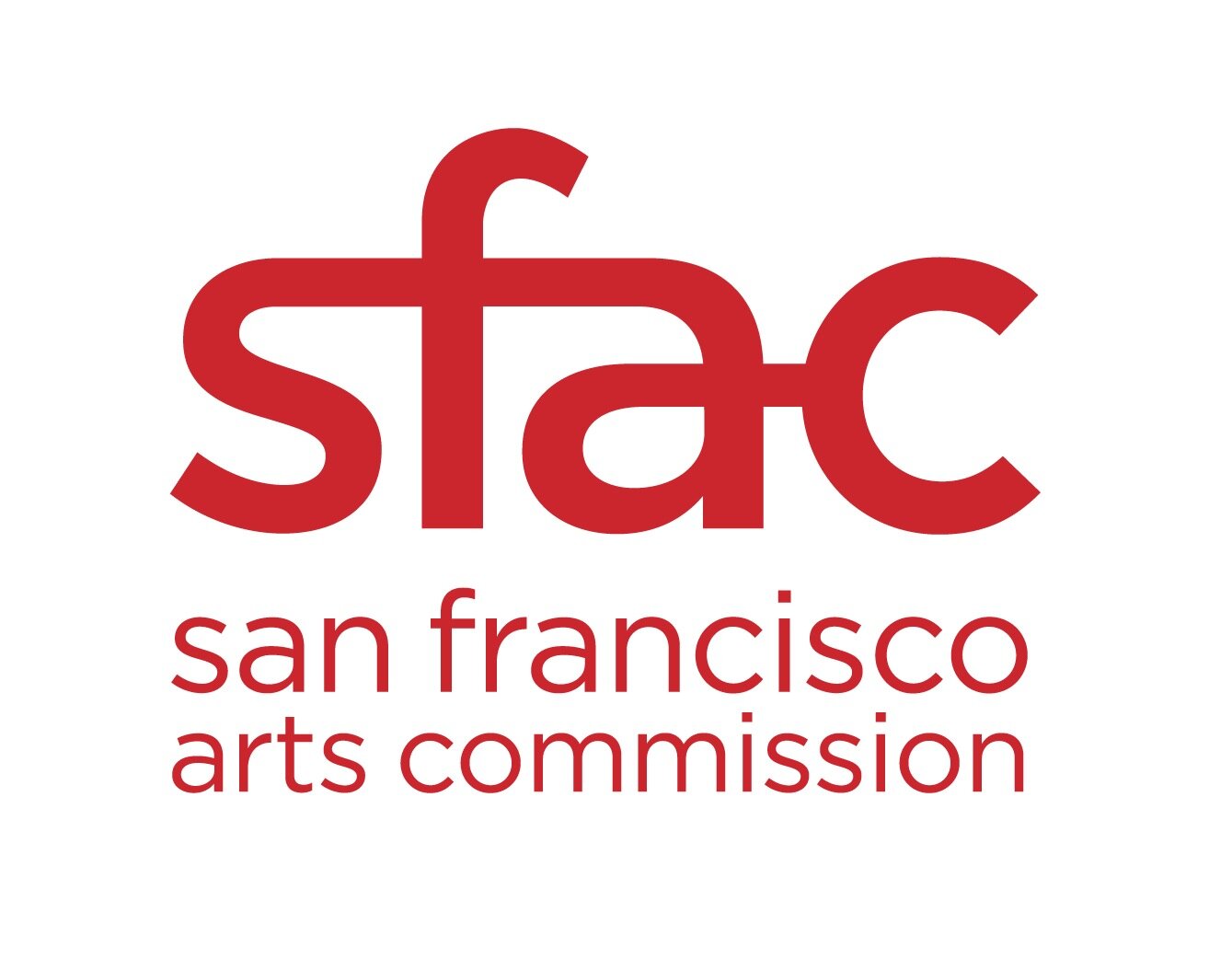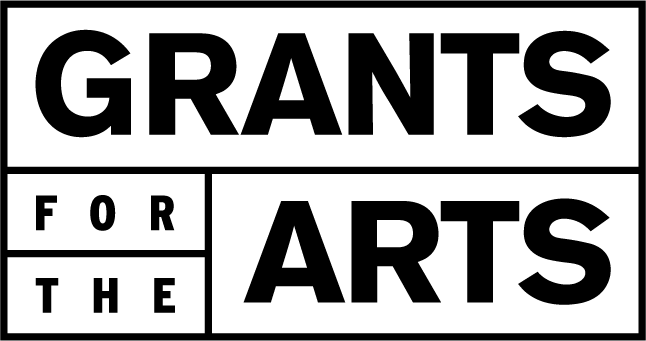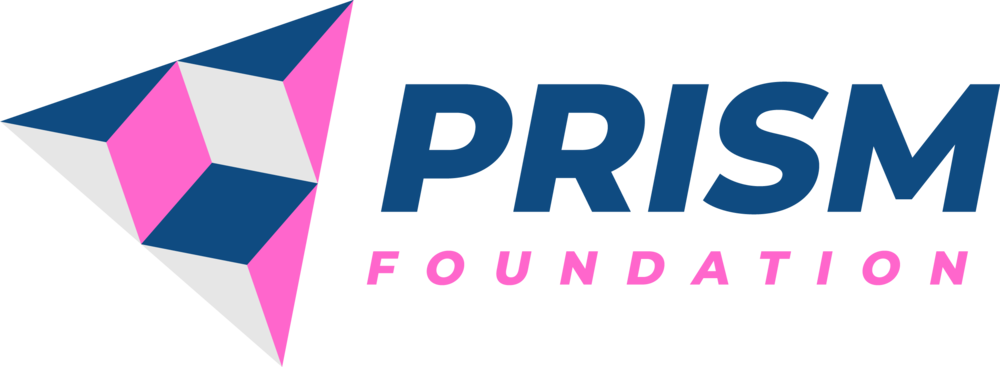POPADUM! REVISITED takes form as a visual and literary curation, bringing together artists that subvert and question gender within their art. In the artwork, there’s a search for a home, with gazes turned towards the physical body indivisible from gender roles, family ties, and community. This exhibition brings together art that challenges the status quo by using and updating traditional South Asian tropes, idioms, artistic styles, and pop culture.
The art explores the ornamental beauty of South Asia - jewelry, kohl, elaborate outfits - celebrates it, questions it, exaggerates it. What does this outward emphasis on beauty, often holding symbols of gender, religion, caste and class, mean for the artist and the viewer?
The artists featured here are part of a larger cohort of multidisciplinary creators scheduled for the original Popadum! exhibition in 2020. Uprooted by the pandemic, POPADUM! REVISITED finds its home in the I-Hotel Manilatown Center, cradled by the legacy of the struggle by Filipino and Chinese tenants.
DETAILS
From March 28 - April 18, we invite you to a street side stroll past the I-Hotel Manilatown Center in San Francisco Chinatown at 868 Kearny Street.
This exhibition is part of AAWAA’s Emerging Curators Program.
CURATOR
Kamardip Singh
Follow @popadumart on Instagram
Funded in part by:
FEATURED VIRTUAL PERFORMANCE
WHEN: Friday, april 9 @ 7:30pm pst
WHERE: i-hotel manilatown center, 868 KEARNY STREET, SAN FRANCISCO
& online
REGISTER FOR THE VIRTUAL EVENT: click here
LYRICS
padari varugudhu
Urugudhu en aavi padhaikkudhu
Vagai solladi, sattru nilladi
Manam kallodi, adi thaluku kuluku meluku enna podee
TRANSLATION
My spirit comes gushing as I think of him. I am out of breath. Tell me a way girl! Stand still for a moment, while I talk to you. Do you have a heart of stone? What is this flitter and flutter that you are doing now? Stop it girl!
ABOUT THIS PERFORMANCE
This is the first line of this tamizh padam, a lyrical music genre that is very integral to the marginalized courtesan hereditary courtesan communities of Tamizh Nadu, to which I belong. Most padams are based on themes of love, where the woman (the dancer) elucidates about her own love life - her pangs of separation, her sadness and her feelings.
The music here is from my grandfather Swamimalai Rajarathnam Pillai a celebrated guru and nattuvanar who taught many star performers (all savarna and upperclass). While these women were given access to both the art and right to explore these love based themes, women in my families were denied access to the very artform that was part of our intangible culture. I come from these erasures and see dance as a way to assert my own sexuality and speak of it's problematic history of appropriation and erasure.
-Nrithya Pillai

EXHIBITING ARTISTS
Simrah Farrukh
Menaja Ganesh
Khushboo Gulati
Nrithya Pillai
Kamardip Singh
ARTISTS BIOS
SIMRAH FARRUKH
Based between the Bay Area + LA, Simrah Farrukh is an American-Pakistani photographer exploring dreams, realities + utopias primarily of brown women. She focuses on an intersection of fashion photography, art, and portraiture. Simrah ultimately aims to spotlight South Asian-Americans in art + fashion.
MENAJA GANESH
Menaja Ganesh is an artist of North and South Indian descent, from the Eastern region of India. Their work lies in the understanding of the intersections between language and presentation, queerness and femininity, familiarity and loss. It is in honour of their ancestors, the hundreds of years of knowledge, labour, toiling, and excellence which brings them here today. Their process of making the work fully engages the body and space; from the conception, to the storytelling, to the physical production. On the bridge between graphic design and spatial installation, through the curatorial practices of bookmaking, printmaking, performance, and writing, their work is rooted in ceremony. They believe that the themes of ritual, nurturing, and healing that their work is very heavily rooted in, in a very corporeal sense, need to be shared with others.
KHUSHBOO GULATI
Khushboo Kataria Gulati is a multi-disciplinary artist and designer from Los Angeles & the cosmos. Their creations engage with the journeys of their flesh/spirit, time(less-ness), ancestral art and stories, ritual, dance, flower splendor, the elements, rewriting internal & external narratives, detangling pain, dreams and igniting wonder. They channel through painting, tattooing, graphic design, sensation curation, textiles, installations, and intuitive movement, creating lush worlds around saturated loving, healing and existing.
NRITHYA PILLAI
Nrithya Pillai is a dancer, dance composer, singer, writer, speaker, and dance instructor who proudly claims her hereditary nattuvanar-devadasi lineage. Artistic Director of Rajarathnalaya, a bharathanatyam institution founded by her maternal grandfather Swamimalai Rajarathnam Pillai, she consciously preserves and reanimates the rich repertoire and the teaching and choreographic practices of her celebrated ancestors, who include Vaitheeswarankoil Meenakshisundaram Pillai, T.K Swaminatha Pillai and Padmashri Vazhuvoor B. Ramiah Pillai. Epitomizing the teacher-nattuvanar of the hereditary paramparais, and carving out her own space as a performer with impeccable training and vast creativity, Nrithya nevertheless represents a new kind of artistic and intellectual engagement with the troubled history of bharatanatyam in the long 20th century. She vigorously challenges the power relationships and ideologies that made the form unavailable to women of her community, and advocates fiercely for the restoration of credit for bharatanatyam technique, repertoire, and philosophy to the hereditary isaivellala community of practitioners. Her performances and her writings about the upper caste appropriation of this form, which have evoked both enthusiastic accolades and awards on the one hand and vicious resistance on the other, are at once embodied research, political intervention, and a labour of abiding love towards the traditional custodians of the form--especially towards her foremothers, who include the remarkable Tiruvalaputtur Kalyani. Nrithya’s voice, raised against casteism in the contemporary dance world, is unique in the field today, and her message against historical misrepresentation is relevant and powerful.
Credits for the write up: Dancer, Mentor and Dance Scholar Dr. Srividya Natarajan
KAMARDIP SINGH
Kamardip is a multimedia artist and curator exploring cracks, in betweens, venn diagrams and those things that can’t be said but can be felt heart and seen. Kaki is bewildered by hard edges and boundaries and wants to wirl coins to see all sides and overturn rocks to examine the mossy undersides. She/they credit their artistic practice to their heritage as a migrant from Punjab, a place rooted in syncretic practices, constantly changing edges, and shifting (five) rivers.












